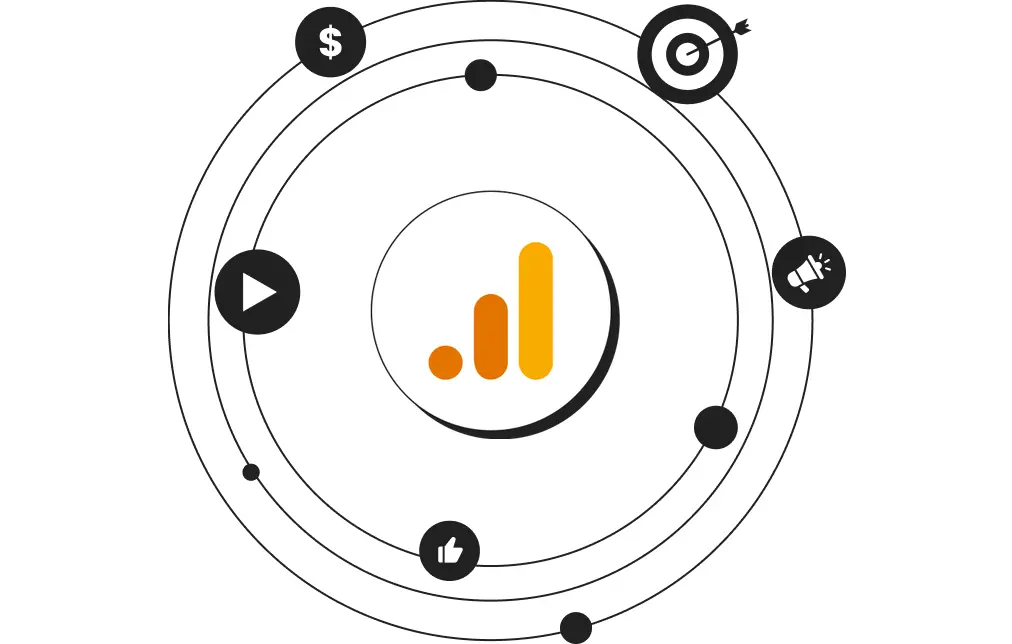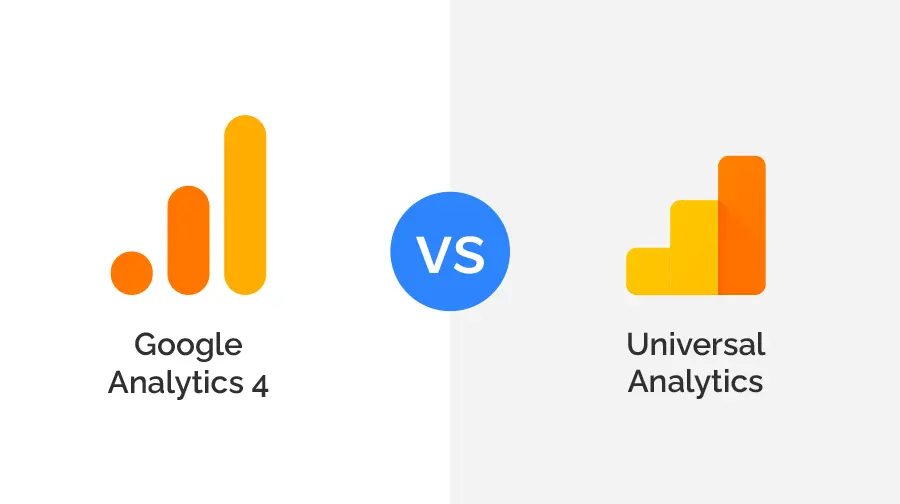Google Analytics 4 (GA4) changed the game when it comes to tracking conversions and user actions. It’s not just about sessions and bounce rates anymore — now every interaction is an event, and you have full control over what counts as a conversion.
If you want to understand what’s actually working on your website (form fills, purchases, sign-ups, etc.), this guide will walk you through how to set up conversion tracking and custom events in GA4 — the right way.
Why Conversion Tracking in GA4 Matters
Conversions are the actions that matter most to your business — like completing a purchase, submitting a lead form, or downloading an eBook.
With GA4, you define what a conversion is. This allows you to customize your analytics around real business goals, rather than relying on default reports that may not reflect your priorities.
Whether you're running a blog, a lead generation website, or an e-commerce store — if you’re not tracking conversions, you’re flying blind.
What Counts as an Event in GA4?
In GA4, everything is tracked as an event. Some events are automatically tracked, such as:
– page_view
– scroll
– click (on outbound links)
– session_start
– file_download
– video_start / video_complete
But if you want to track specific actions like:
– Clicking a "Submit" button on a form
– Completing a purchase
– Visiting a key page (e.g. Thank You or Confirmation page)
– Clicking on a specific phone number or CTA
You’ll need to set up custom events, and then mark them as conversions.
Step-by-Step: How to Track a Conversion in GA4
Step 1 — Identify What You Want to Track
Start by deciding what action you want to track. This could be:
– A user clicking a "Contact Us" button
– A lead form submission
– A successful payment
– A user staying on a page for more than 30 seconds
Once that’s clear, you can decide how to implement the tracking (directly or with Google Tag Manager).
Step 2 — Set Up the Event (Two Methods)
Method A — Using Google Tag Manager (Recommended for flexibility)
– Open tagmanager.google.com and select your container
– Click “Add a new tag”
– Choose "Google Analytics: GA4 Event"
– Enter your Measurement ID
– Name your event (e.g. form_submit, lead_click, purchase_complete)
– Set a trigger (e.g. Click on a CSS class, form submission, or pageview)
Then save and publish your container.
Method B — Without GTM (for simple sites like WordPress with plugins)
– Use a plugin like Site Kit, MonsterInsights, or ExactMetrics
– Or use the GA4 interface under “Events” and click “Create event”
– Define conditions (e.g. page_location contains /thank-you)
This is a simpler method but less flexible than using GTM.
Step 3 — Mark the Event as a Conversion
Once your event starts appearing in GA4:
– Go to Admin
– Under “Property,” select “Conversions”
– Click “New conversion event”
– Type the exact name of your custom event (case-sensitive)
Now every time that event occurs, GA4 will count it as a conversion in your reports.
Example Scenarios
Tracking a Form Submission
If your form redirects to a thank-you page:
Track a page_view event where page_location contains /thank-you
If the form does not redirect (AJAX):
Track a button click with a GTM trigger and custom event name like form_submit
Tracking an E-commerce Purchase
If you’re using platforms like Shopify, WooCommerce, or custom setups:
– Use GTM with GA4 eCommerce events (purchase, add_to_cart, etc.)
– Or integrate directly using GA4’s recommended eCommerce schema
Tracking Clicks on a Phone Number or Email Link
In GTM, set up a click trigger for links starting with tel: or mailto:
Create a custom GA4 event like click_to_call or click_to_email
Tips to Track Events Like a Pro
– Use clear, consistent names for custom events (e.g. ebook_download, form_submit)
– Always test events using the Realtime report or the DebugView in GA4
– Add parameters to events like page_title, button_text, or form_name for deeper analysis
– Combine events with custom audiences to create remarketing lists in Google Ads
– Don’t mark every event as a conversion — only track high-value actions to avoid noise
Bonus: Use “Explorations” to Analyze Conversions
GA4’s Explorations feature lets you visualize conversion paths, compare segments, and even build funnel reports like:
– How many users view your pricing page before contacting you?
– What percentage of users who download your guide also sign up for a call?
– Where are people dropping off in your checkout flow?
This is where the real value of event-based tracking comes to life.
Final Thoughts
GA4 gives you incredible flexibility — but only if you set it up with a clear strategy.
By defining the right events and conversions, you can see exactly what’s driving value on your website, optimize the user journey, and report real business outcomes — not just traffic numbers.
If you need help creating a tracking plan for your specific site or campaign, feel free to reach out. GA4 is powerful, but it’s only as smart as the way you set it up.






